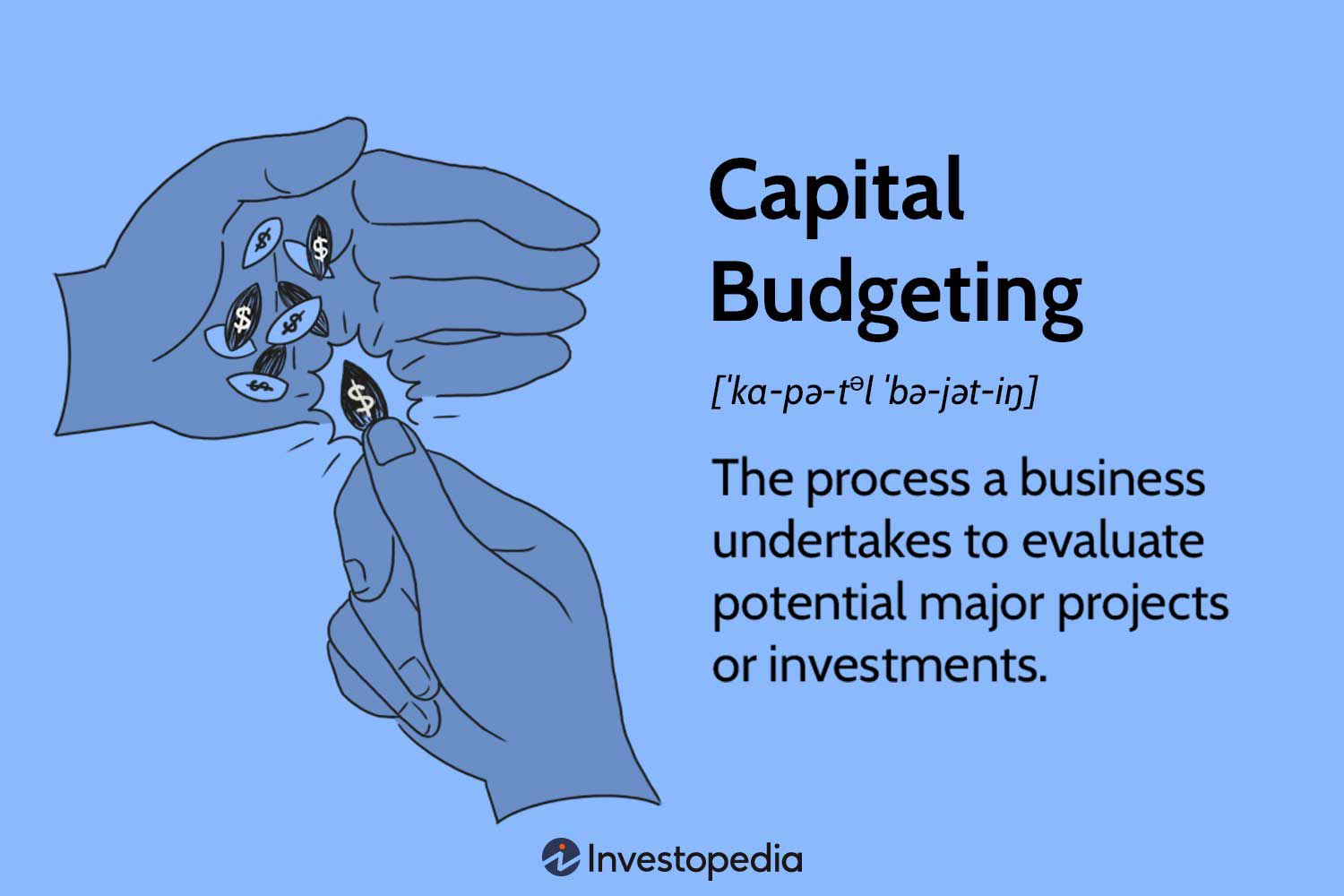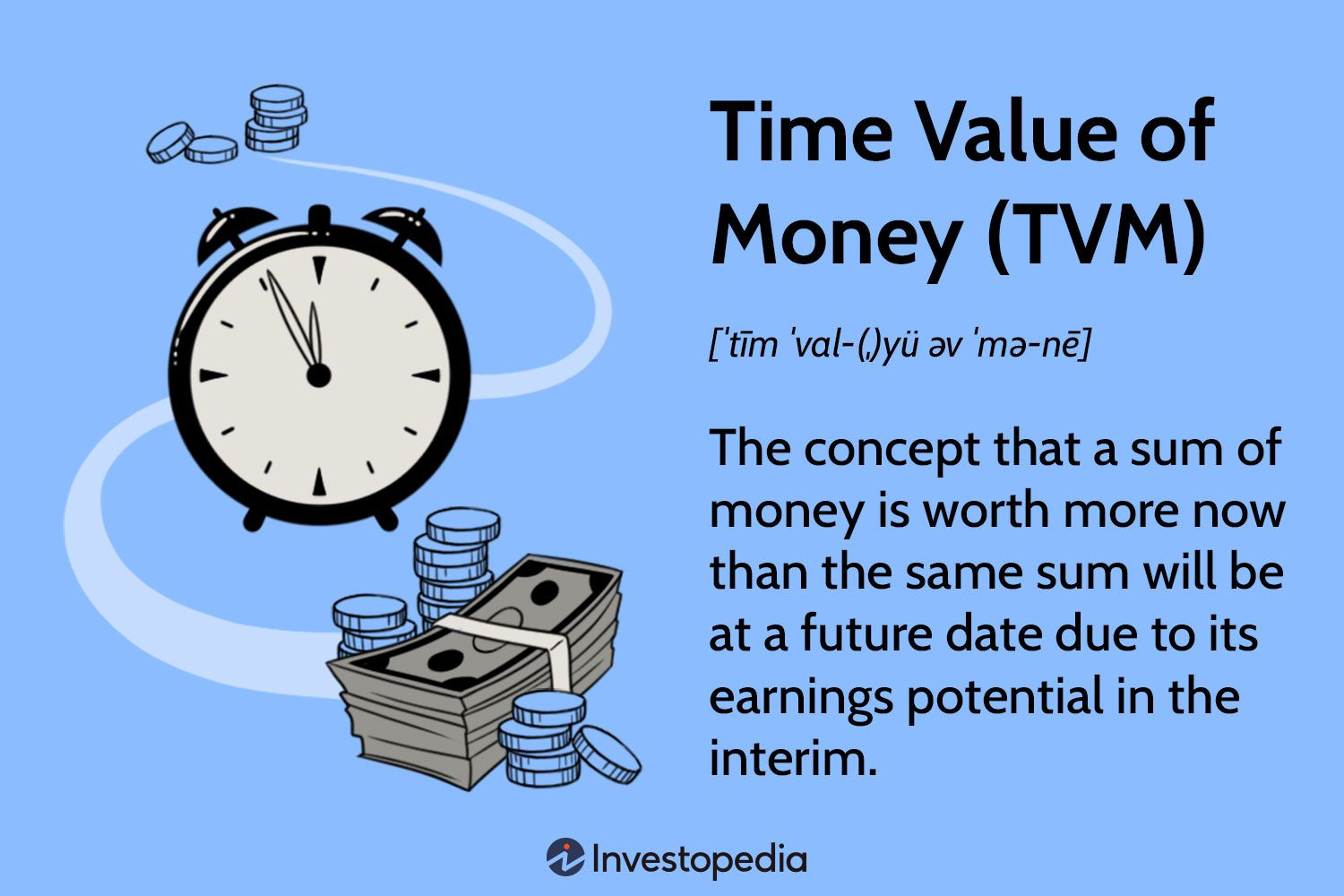Capital Budgeting and Time Value of Money
Capital Budgeting: Simplified Notes
What is Capital Budgeting?
Capital budgeting is basically deciding which long-term investments a company should make. Think of it like this: you have a limited amount of money (capital) in Rupees (₹) and lots of opportunities to invest it (projects). Capital budgeting helps you choose the BEST investments to maximize your returns over time.
In simple terms:
- It's the process of planning and managing a firm's long-term investments.
- It's about making smart decisions on spending money on things that will benefit the company in the future. Examples include new machinery, buildings, new product lines, research and development.
Importance of Capital Budgeting
Why is it so important? Because these decisions have a HUGE impact!
- Large sums of money involved: These are usually significant investments, so a wrong decision can be costly. Think in terms of lakhs and crores of Rupees!
- Long-term impact: Decisions affect the company for many years to come. A bad investment can hurt profitability for a long time.
- Difficult to reverse: Once you've built a factory, you can't easily unbuild it! Investments are often not easily reversible.
- Impact on competitiveness: Choosing the right projects can give a company a competitive edge.
- Growth & Expansion: Capital budgeting facilitates growth by identifying profitable ventures and directing resources accordingly.
Think of it like this: Choosing the right capital projects is like planting the right seeds. They need time to grow and bear fruit, so you want to make sure you pick good ones!
Need for Capital Budgeting
Why do companies need it?
- Limited resources: Companies don't have unlimited money (Rupees, ₹), so they need a way to prioritize.
- Evaluating opportunities: It provides a framework for analyzing potential investments.
- Risk assessment: It helps assess the risks associated with different projects.
- Strategic alignment: It ensures that investments are aligned with the company's overall strategic goals.
- Profitability Maximization: A proper evaluation of potential projects ensures that investments contribute positively to a company's bottom line.
Example: A small bakery might need to decide whether to invest ₹5 Lakhs in a new, larger oven. Capital budgeting helps them analyze if the increased baking capacity will generate enough profit (in Rupees) to justify the cost of the oven.
Time Value of Money
A core concept in capital budgeting
What it means: Money (Rupees, ₹) today is worth more than the same amount of money in the future.
Why?
- Inflation: The purchasing power of money decreases over time due to inflation.
- Opportunity Cost: Money you have today can be invested to earn a return, making it grow.
- Risk: There's always a risk that you might not receive the money in the future.
Basically: ₹100 today is better than ₹100 a year from now because you could invest that ₹100 today and have MORE than ₹100 next year.
Present Value (PV)
What it is: The current worth of a future sum of money (Rupees, ₹) or stream of cash flows, given a specified rate of return (discount rate).
Simple Explanation: How much would you need to invest today to have a certain amount in the future?
Formula (Simple): Use code with caution. Md PV = FV / (1 + r)^n
- PV = Present Value
- FV = Future Value
- r = Discount rate (interest rate)
- n = Number of periods (years)
Example: What is the present value of ₹110 received one year from now, if the discount rate is 10%? Use code with caution. PV = 110 / (1 + 0.10)^1 PV = 110 / 1.1 PV = ₹100
This means you'd need to invest ₹100 today at a 10% interest rate to have ₹110 in one year.
Future Value (FV)
What it is: The value of an asset or investment at a specified date in the future, based on an assumed rate of growth.
Simple Explanation: How much will your money (Rupees, ₹) be worth in the future if you invest it today?
Formula (Simple): Use code with caution. FV = PV * (1 + r)^n
- FV = Future Value
- PV = Present Value
- r = Interest rate
- n = Number of periods (years)
Example: If you invest ₹100 today at an interest rate of 5% per year, what will its future value be in 2 years? Use code with caution. FV = 100 * (1 + 0.05)^2 FV = 100 * (1.05)^2 FV = 100 * 1.1025 FV = ₹110.25
This means your ₹100 investment will be worth ₹110.25 in two years.
Simple Problems - Practice
Problem 1 (Present Value): You are promised ₹500 in 3 years. The discount rate is 8%. What is the present value of that ₹500? Use code with caution. PV = 500 / (1 + 0.08)^3 PV = 500 / (1.08)^3 PV = 500 / 1.259712 PV = ₹396.91 (approximately)
Problem 2 (Future Value): You invest ₹200 today at an interest rate of 6% per year. How much will you have in 5 years? Use code with caution. FV = 200 * (1 + 0.06)^5 FV = 200 * (1.06)^5 FV = 200 * 1.3382255776 FV = ₹267.65 (approximately)



No Comments